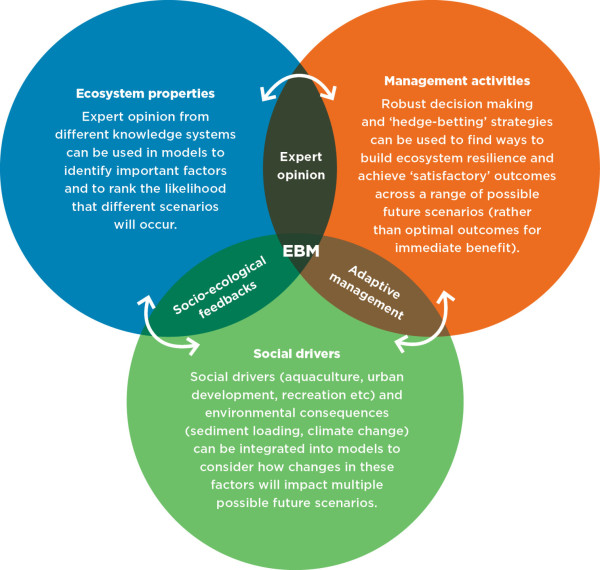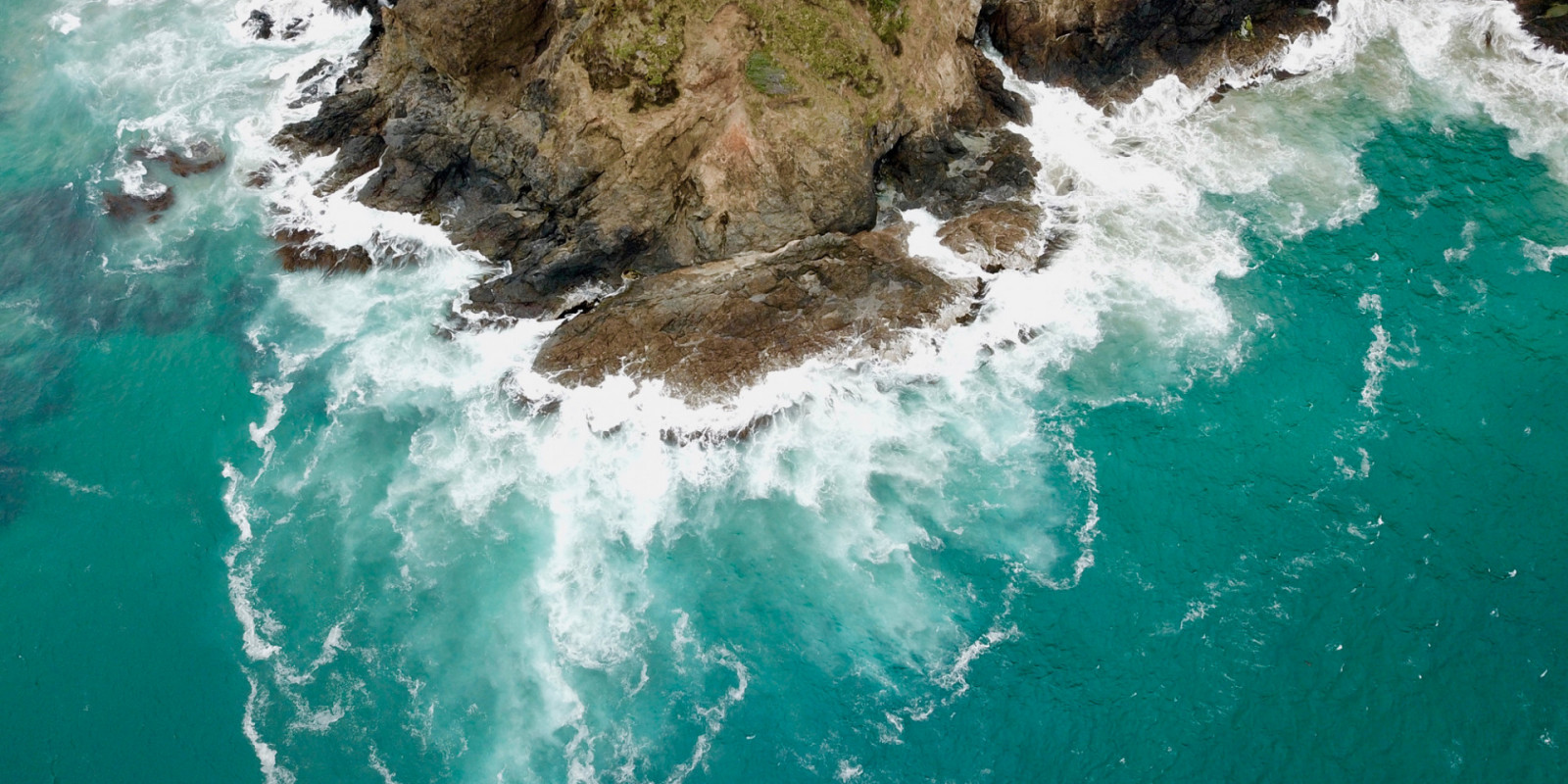- Guidance
Using Bayesian network models to bridge the gap between ecology and management
This guidance explains how Bayesian network models can combine data with expert knowledge (ecological, physical or Mātauranga Māori), to bridge data gaps and support decision making (June 2021)
Benefits of Bayesian network models
- They can be used to examine the effect of uncertainty on management decisions in the absence of data.
- They are relatively fast and easy to build – and to update when more information becomes available.
- They reduce the complexity of the underlying science to make it easier for decision makers to visualise the interactions between ecosystem properties, social drivers and management activities.
- Drivers/stressors can be ‘dialled up’ or ‘dialled down’ to see what effect they have on ecosystem function and on the other interactions in the network, resulting in a total ‘score’ for ecosystem health.
- They enable marine managers and policy makers to produce decision-making scenarios that predict outcomes for a wide range of possible future scenarios.
- They are participatory, so management decisions are more likely to be accepted by the Māori partners and stakeholders involved.

How to use Bayesian network models to develop robust policies
- Strive for ‘satisfactory’ outcomes across a range of future scenarios – rather than ‘optimal’ outcomes that maximise the immediate perceived ‘value’ of an action but have sub-optimal outcomes over the long-term.
- Focus not only on the potential drivers of a tipping point but on identifying actions that can change how an ecosystem responds to those drivers – ie, resilience-enhancing actions such as restoration of key habitats/species, or fishing at levels where recruitment is likely to be successful under changing environmental conditions.
- Adapt to changes that occur in the ecosystem over time
